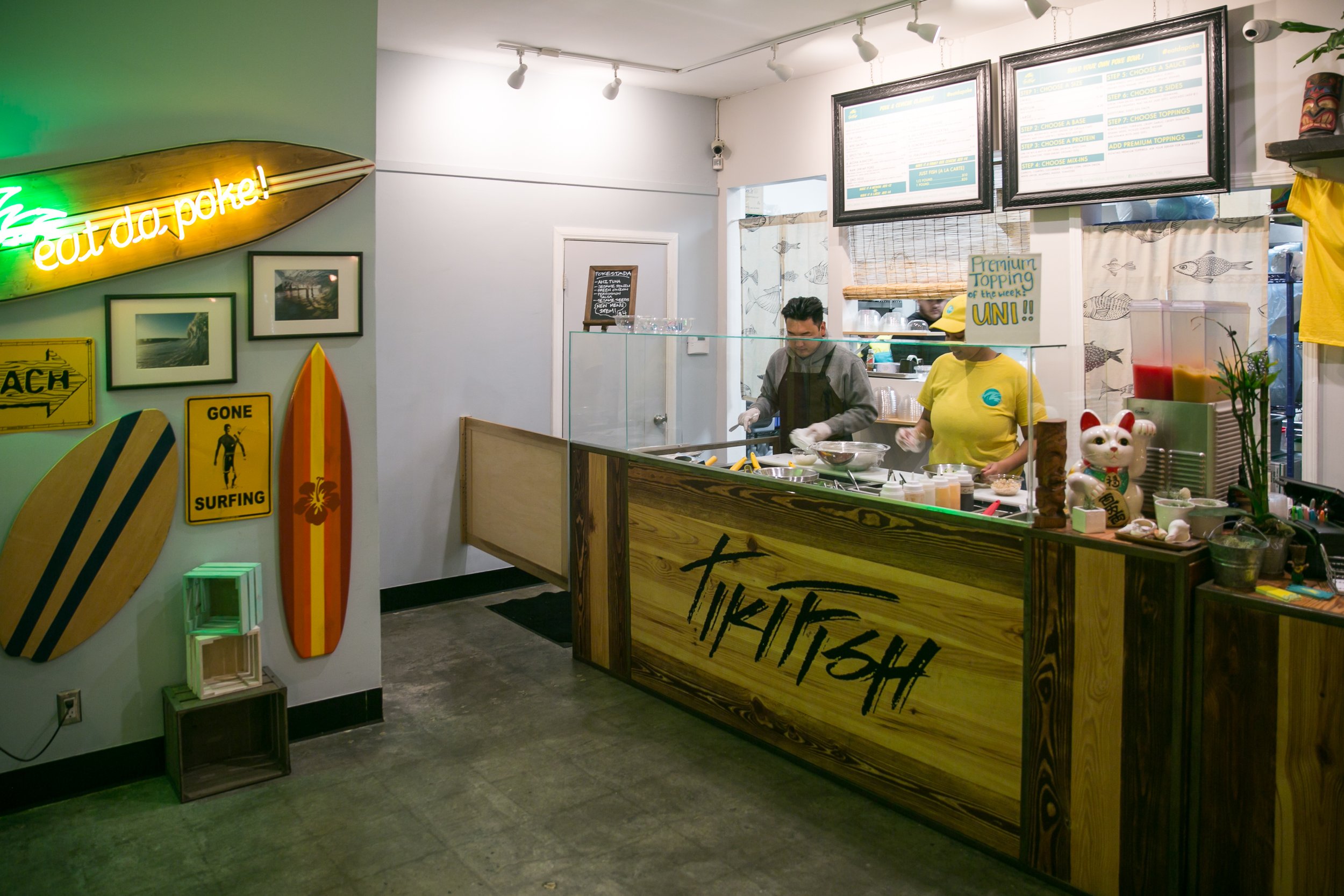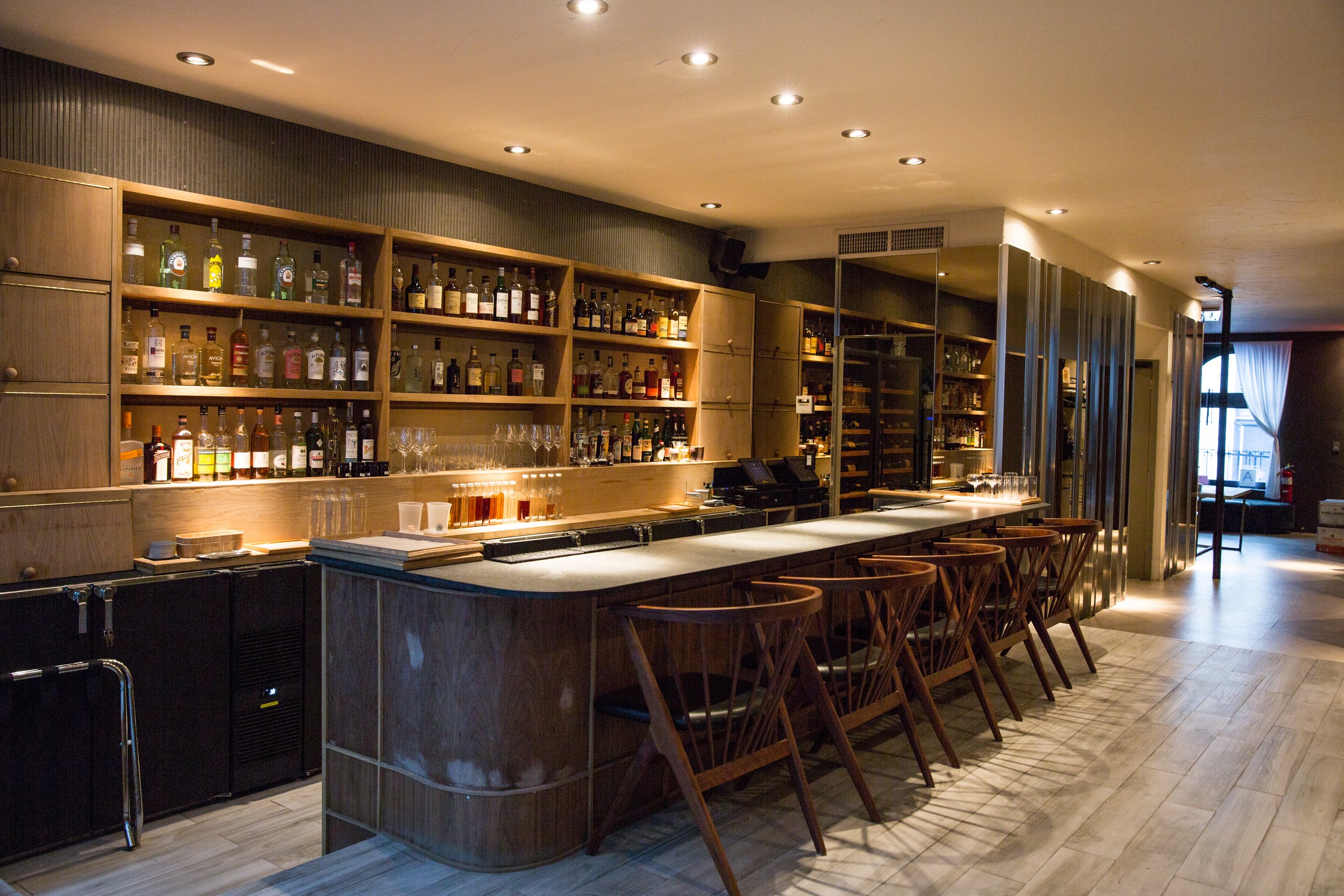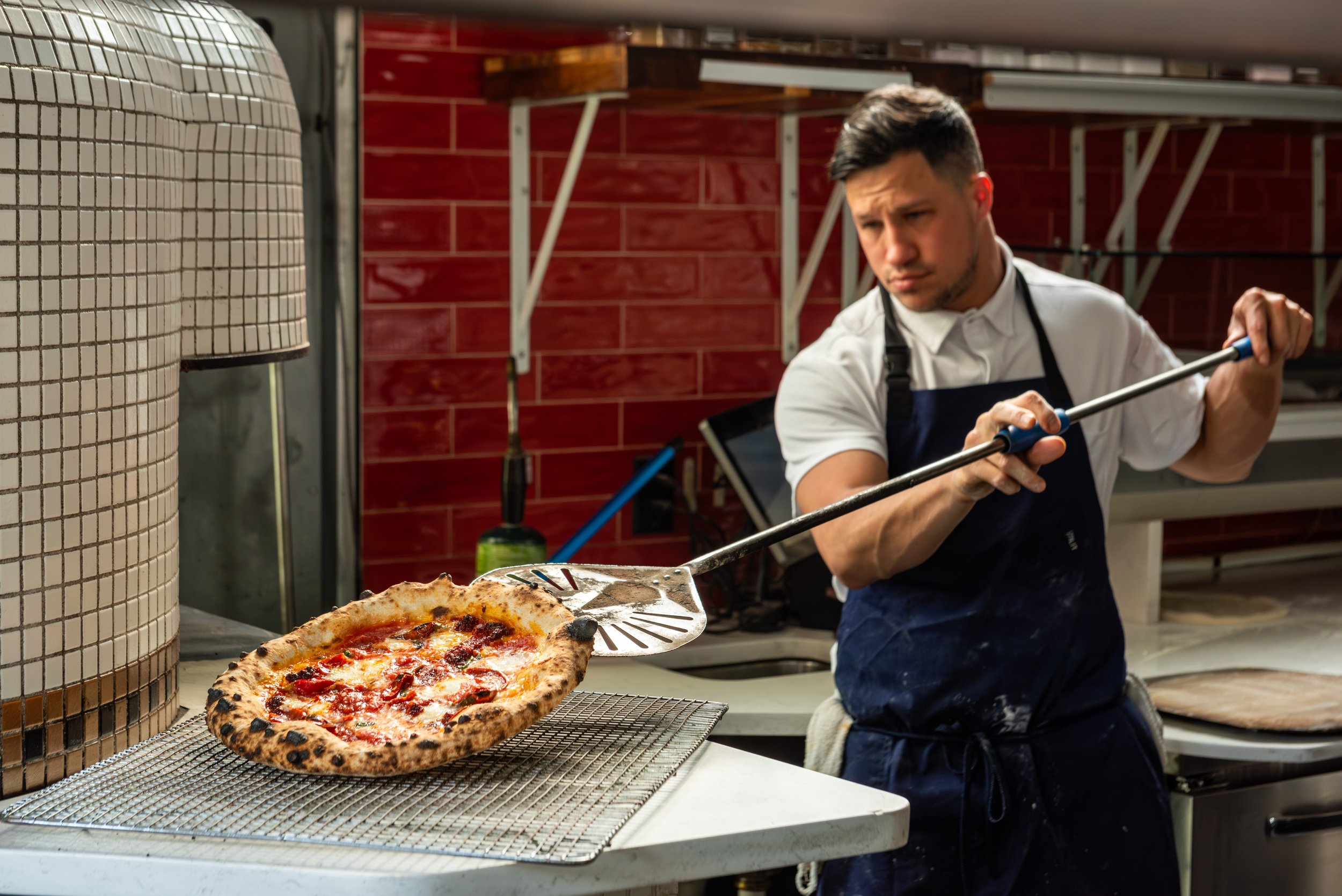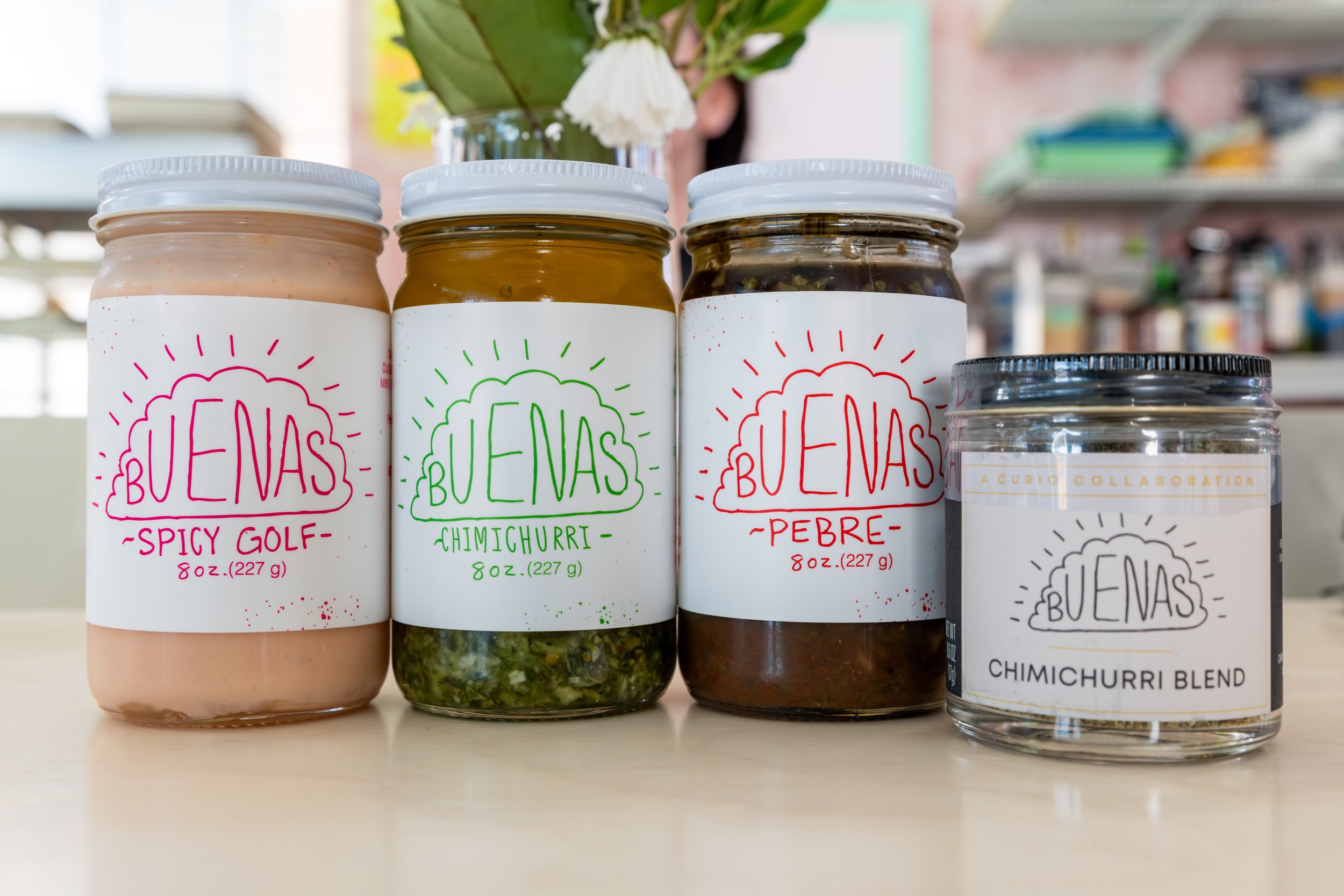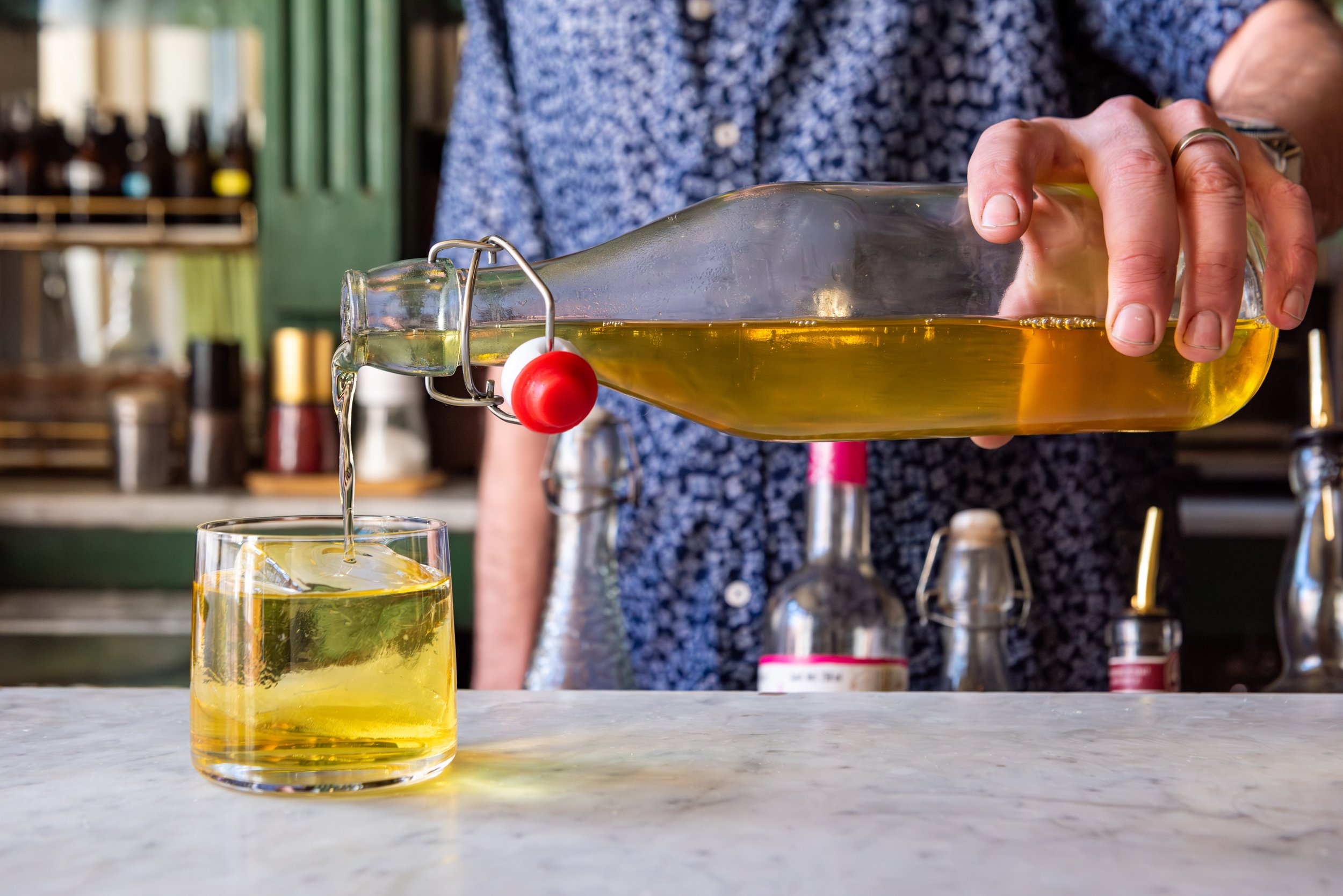No One Does It Better: Seven Bangin’ L.A. Concepts
From Korean barbecue to poke, a slew of stellar, chef-driven restaurant concepts have opened in the last few years, making L.A. queen of concept dining.
Fried Chicken at Howlin’ Ray’s
“For a long time, Los Angeles wasn’t known as a food city. It was known as a restaurant city, a scene city,” says Jeff Mahin, Chef-partner of Stella Barra Pizzeria, Summer House Santa Monica, M Street Kitchen, and Do-Rite Donuts.
In 2017, Los Angeles is indisputably a food city, a town where chefs from all sorts of cultures and kitchens are telling the boundary-less story of modern American cooking. In particular, Los Angeles is host to some of the country’s most dynamic and downright delicious concept restaurants that would make most cities—still over-run with Chili’s, Subway, and Macaroni Grill—jealous. And, soon, these restaurants will be exported and adapted for diners across the country.
That part of the story is familiar. Southern California birthed, among other restaurants, Cheesecake Factory, Panda Express, Taco Bell, Jack in the Box, Johnny Rockets, Carl’s Jr., In-and-Out Burger, and the Grand Poobah of them all, McDonald’s. Tiki culture developed in SoCal and traveled on warm Polynesian winds across the country, and Los Angeles later gave way to some of the first examples, à la Wolfgang Puck, of fine-dining chefs charging into casual dining.
The latest iteration of concept restaurants emerged from the recession. Roy Choi launched the Koji BBQ truck in late 2008. Umami Burger—now 25 locations strong—opened its doors in 2009. “When I first launched, it was a more traditional market with big and higher-end restaurants,” says Umami founder Adam Fleishman. With only a few bone fi de chef competitors in the fast-casual market, he and Choi cemented brands, found a niche in a volatile economic environment, and established a model through which chefs could reach the masses without sacrificing quality.
GuisaDos
SweeetFIN
Mo Money Mo Problems
Part of that equation is real estate. Fleischman has been successful opening restaurants with a small footprint, as has Armando De La Torre Jr., the business mastermind behind Guisados, a taco shop that serves comforting braises and freshly made tortillas. “It’s easier to create a restaurant when you’re not in debt or worried about filling seats and turning tables,” says De La Torre.
With the advent of Caviar, Postmates, and UberEats, the number of seats in your dining room no longer determines volume. Thirty-five percent of poke concept SweetFin’s business comes from delivery, according to Chef-partner Dakota Weiss. Komodo (California-meets-Asian-fusion) and Wexler’s Deli (traditional Jewish deli food) have built up their catering business.
Concepts, with gentler prices and accessible menus, also fit into the Angeleno lifestyle. A recent survey from Zagat showed that the citizenry of Los Angeles dines out, on average, 5.2 times a week—more than any other city in the country. “We’re feeding 30- to 40-somethings, people in entertainment and tech businesses. L.A.’s concepts are culinary-forward but approachable and affordable for people who are going out more,” says Fleischman.
Can It All Be So Simple
Those diners, at the end of a long work day, are not looking for an eight-page Cheesecake Factory menu. “Chefs are doing less with more. They’re trimming down menus and focusing on better execution of one or two items,” says Mahin. “If you can make the best fried chicken and fries, why do more?”
That’s precisely what Chef Johnny Zone is doing at Howlin’ Ray’s, a dime-sized restaurant in Chinatown. He sells five heat levels of Nashville hot chicken, plus wings, a sandwich, and a few Southern sides. At Wexler’s Deli, Chef Micah Wexler worked with Etchea Bakery to make rye bread to his exact specific cations and sampled 50 mustards to make sure the condiment paired with his pastrami and bread (he landed on Kosciusko spicy brown). Th ere’s no room for error on a three-component sandwich.
Weiss and her business partners conducted 200 tastings for the sauces, fish, and vegetable mix-ins that formulate SweetFin’s tight five-bowl menu. At the newer poke concept, TikiFish, Wonny Lee brought in the same fish purveyors he used at high-end sushi restaurant Hamasaku. Their food costs are higher than most casual restaurants (up to 30 percent for poke), but they make up for it in volume and low-overhead. Shitty fish, a reputation does not build.
HANJIP
TikiFIsh
It Was All a Dream
There are obvious (and widely written about) reasons more and more chefs are building their reputations with concept restaurants. The model requires fewer workers with fewer skills, and it lowers all the costs associated with employing a sous chef who’s trained to transform duck livers into a silken torchon. Fleischman says that fast-casual restaurants, when run efficiently, should reap 20 percent to 25 percent profits, compared with 10 percent at traditional establishments. But few chefs—realistic ones anyway—get into restaurants for the money.
After mining the data and interviewing chefs and business owners, we found the real reason chefs open casual concepts: 90s hip-hop. A proclivity for Dr. Dre, 2Pac, and Snoop Dogg says more about chefs’ motivations for opening a concept restaurant than you might think. Erwin Tjahyadi from Komodo, Lee, Weiss, Wexler, and Zone all begin their careers in fine-dining restaurants. Chef gods like Th Thomas Keller and Joël Robuchon shaped them. Ultimately, they returned to food that was fun.
“I got into cooking because I was a messed-up kid. I could play with knives, play grab ass, listen to rap music,” says Mahin. “I’m competitive, and in my search for greatness, the restaurants I worked in got conservative and stale. I fell out of love with food. When I opened my first Stella [Barra], the goal was to play 90s hip-hop, make pizzas, and work with great vegetables.
This Is How We Do It
Concepts are at their best when they simultaneously retain and dress down the virtues of fine-dining service and kitchen culture. At Howlin’ Ray’s that means the cooks shout orders brigade style. Zone also slips a fourth chicken wing into all his three-wing orders. “We’re generous. We’re not just serving chicken,” says Zone. “We’re bringing Southern hospitality to L.A.,” His former boss, Keller, might send an amuse bouche or mignardise instead, but this 500-square-foot restaurant ain’t The French Laundry.
When he opened Hanjip, Chris Oh wanted to make Korean barbecue accessible to non-Asian diners. “We wanted to take all the traditions and present them in a restaurant with décor that’s more warm and welcoming. Everybody in L.A. thinks they know Korean barbecue, but in all honesty, they don’t. We’re ambassadors, and once you’ve had it, you’re hooked,” says Oh, who wants Hanjip to do for Korean food what P.F. Chang’s did for Chinese cuisine in America.
The Next Episode
Before world domination comes the slow, tedious work of scaling—ideally scaling with integrity and without losing your pants, sanity, and passion. Tjahyadi and the Komodo crew are streamlining their menu for future Komodo roll-outs. De La Torre never thought he’d have more than one or two locations, and now, he’s working backward within the structures of his family-owned business to create protocols for food consistency and HR. Wexler is building up his smoked fish business to go retail. Zone is cross-training his employees and scouting for investors. Lee has visions of a commissary to break down fish and make sauces for all his future locations.
It’s exactly the kind of corporate work Mahin bristled at before he opened Stella, but he’s found joy on the other side. “I have an amazing job right now because I have been systematic,” he says. My day, honestly, revolves around making the people who make me successful, successful. Then I get to do the fun stuff, stir the pot, decide a wall needs to get painted, work on a new summer vegetable plate ... It’s easier for me to run 11 restaurants than one.





